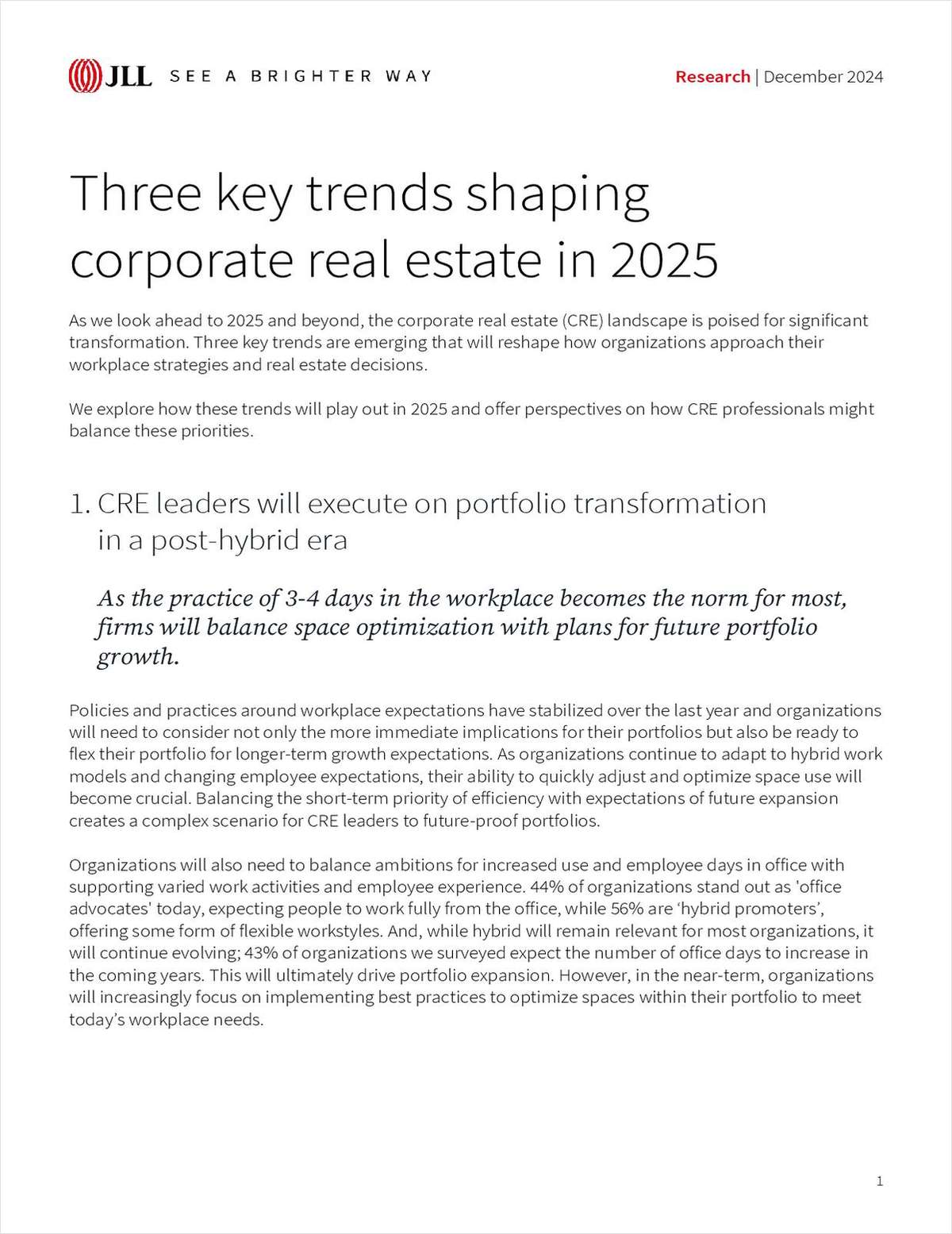"Based on what we have learned about these institutions over the last four weeks – including what we learned about their capital requirements – and given the condition of financial markets today, I concluded that it would not have been in the best interest of the taxpayers for Treasury to simply make an equity investment in these enterprises in their current form," Secretary Henry Paulson says in a prepared statement. The transition, not surprisingly, calls for a number of radical steps in both the short and long term. As the conservator, the Federal Housing Finance Agency will assume the power of the Board and management. Mudd and Syron will also be leaving – although they have agreed to stay on to help with the transition.
Herb Allison, the vice chairman of Merrill Lynch and for the last eight years chairman of TIAA-CREF, has been tapped to be the new CEO of Fannie Mae and David Moffett will be Freddie Mac's new head. Moffett was the vice chairman and CFO of US Bancorp. Finally, the common stock and preferred stock dividends will be eliminated, while common and all preferred stocks will continue to remain outstanding. Subordinated debt interest and principal payments will continue to be made.
In the longer term, the GSEs will "modestly" increase their MBS portfolios through the end of 2009. Starting in 2010 their portfolios will begin to be gradually reduced at the rate of 10% per year to stabilize at a lower, less risky size.
Treasury and FHFA have also established Preferred Stock Purchase Agreements – that is, contractual agreements between the Treasury and the GSEs, under which Treasury will ensure that each maintains a positive net worth. It is more efficient than a one-time equity injection, because it will be used only as needed and on terms that Treasury has set, Paulson says. "With this agreement, Treasury receives senior preferred equity shares and warrants that protect taxpayers [and] common and preferred shareholders bear losses ahead of the new government senior preferred shares.
Addressing the issue of the implicit government guarantee of these agencies head on, Paulson explained that these agreements were made necessary by the ambiguities in the GSE Congressional charters, "which have been perceived to indicate government support for agency debt and guaranteed MBS…as a result GSE debt and MBS are held by central banks and investors throughout the US and around the world who believe them to be virtually risk-free. Because the US government created these ambiguities, we have a responsibility to both avert and ultimately address the systemic risk now posed by the scale and breadth of the holdings of GSE debt and MBS."
Treasury is also establishing a new secured lending credit facility to be made available to Fannie Mae, Freddie Mac, and the Federal Home Loan Banks. This, together with the preferred share purchase agreements, should put the agencies "in a stronger position to fund their regular business activities in the capital markets," Paulson says. "This facility is intended to serve as an ultimate liquidity backstop, in essence, implementing the temporary liquidity backstop authority granted by Congress in July, and will be available until those authorities expire in December 2009."
As a final measure Treasury is also initiating a temporary program to purchase GSE MBS to complement the moderate increase in the GSEs' portfolios expected during the next 15 months. Treasury will begin investing in new GSE MBS later this month, Paulson says.Taken together, FHFA Director James Lockhart says in a prepared statement, these moves mean that on Monday morning "the businesses will open as normal, only with stronger backing for the holders of MBS, senior debt and subordinated debt."
At least publicly, the housing industry is supporting these measures. ""While it is unfortunate that we have reached this point, we are hopeful that the government's action on Fannie Mae and Freddie Mac will help to increase liquidity in the nation's mortgage markets and restore confidence in the global financial markets," Jerry Howard, EVP and CEO of the National Association of Home Builders, says in a prepared statement that was issued on Sunday. "At this critical turning point, it is essential that government regulators and all parties involved in the nation's housing finance system work together to rebuild the nation's secondary mortgage market - a move that is absolutely vital to provide affordable mortgages for America's home buyers and to help spur an economic recovery."
The commercial real estate market is also no doubt already assessing what these changes mean to the GSEs' support of multifamily investments – one of the few profitable lines for the agencies and a major source of capital for apartment developers. One worrisome sign, though, emerged last month when Memphis, TN-based Mid-America Apartment Communities Inc. announced that its joint-venture with Fannie Mae would no longer be making new acquisitions – due to a decision by Fannie Mae, which apparently wanted to concentrated on preserving capital.
Fannie Mae has a two-thirds equity stake in the Mid-America Multifamily Fund I, which had a goal of investing $500 million in apartment assets. That move prompted speculation within Bank of America, according to a research note that was issued a few weeks ago. "We believe that a focus on capital conservation at the GSEs will, at a minimum, cause the cost of financing for the multifamily industry to increase over the next 12 months," it said.
Want to continue reading?
Become a Free ALM Digital Reader.
Once you are an ALM Digital Member, you’ll receive:
- Breaking commercial real estate news and analysis, on-site and via our newsletters and custom alerts
- Educational webcasts, white papers, and ebooks from industry thought leaders
- Critical coverage of the property casualty insurance and financial advisory markets on our other ALM sites, PropertyCasualty360 and ThinkAdvisor
Already have an account? Sign In Now
*May exclude premium content© 2025 ALM Global, LLC, All Rights Reserved. Request academic re-use from www.copyright.com. All other uses, submit a request to [email protected]. For more information visit Asset & Logo Licensing.








